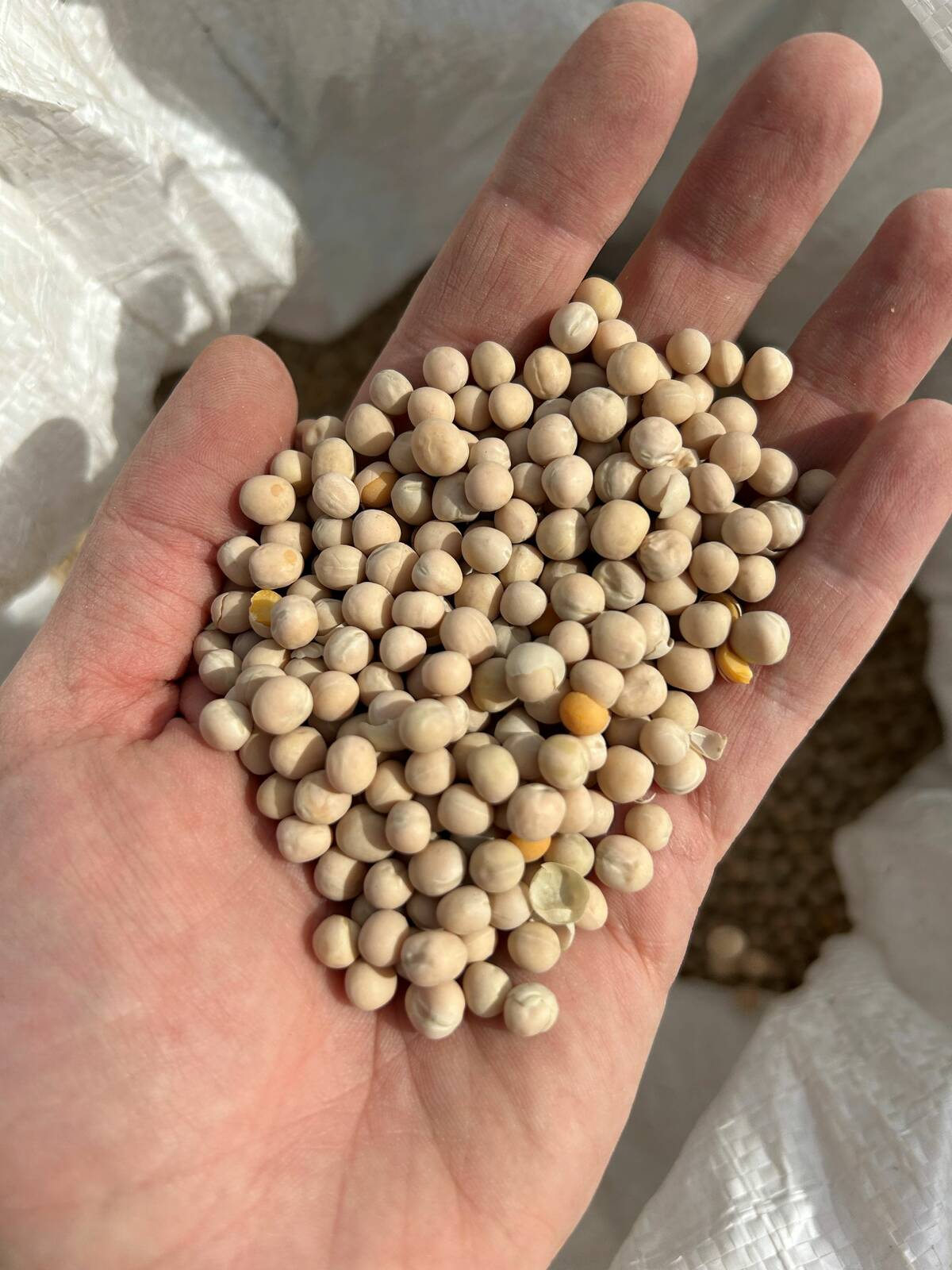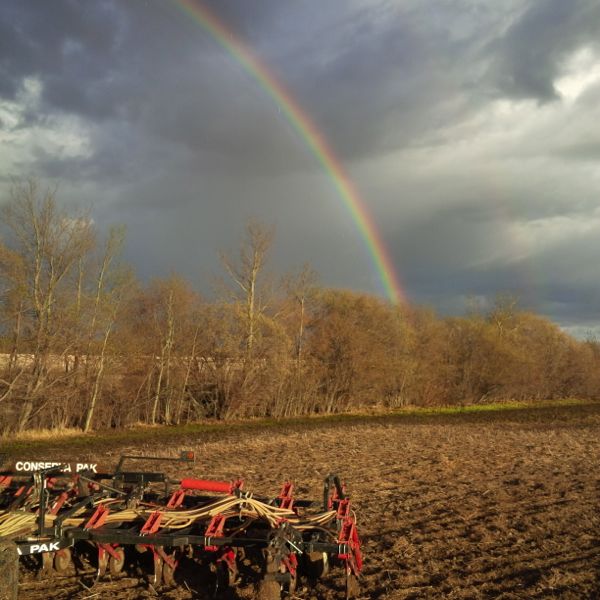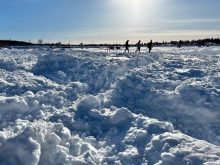CNS Canada — Cool weather during the week ended June 11 caused crop growth to slow in the western half of Canada’s Prairies, according to a crop report from FarmLink Marketing Solutions.
The Camrose (central), Vermillion (central) and Lethbridge (south) areas of Alberta were all reported as needing heat due to cool temperatures slowing crop growth recently.
Some areas in Saskatchewan could use some heat as well, with reports noting there was some frost seen over the weekend in Saskatoon (central), Eston (west-central) and Melfort (northeast).
Read Also

Pulse Weekly: Tariffs guide yellow peas in 2025
Tariffs were a major influence on Canadian yellow pea prices in 2025, with levies imposed by China and India. The two countries are Canada’s biggest foreign pulse buyers.
Overall, the frost will have set some crops back, but won’t likely result in large production losses, the report said.
The Arborg (Interlake) and Swan River (west-central) regions in Manitoba could also use some heat to get crops going.
Overall, crop conditions looked good, though there are still some concerns about small pockets of excess moisture, causing some acres to possibly go unseeded.
The report showed both Dauphin, in western Manitoba, and an area from Deloraine to the Saskatchewan border in southwestern Manitoba had too much moisture, and were falling behind on seeding.
As of Wednesday, only 15 to 60 per cent of crops were planted in those areas of Manitoba, FarmLink said, adding that about 20 per cent of crops in the ground had emerged.
The rest of the regions of Manitoba included in the report ranged from 85 to 100 per cent seeded, with 80 to 100 per cent emergence. Seven areas of Manitoba were in the report, including Dauphin, Swan River, Arborg, Morden, Carman, Deloraine to the Saskatchewan border and Hamiota-Roblin.
The three Alberta regions included in the survey were all finished seeding, with all of the crops emerged and good soil moisture conditions reported.
In Saskatchewan, the 10 regions included were basically finished seeding, with a good portion of the crops emerged as well. West of Melfort, however, was only 85 per cent complete. Soil moisture conditions ranged from adequate to good, with the Unity region variable.
The 10 Saskatchewan regions included in the report were Swift Current, Kindersley, Melfort, Fillmore, Saskatoon, Weyburn, Lipton, Rosetown, Unity and Eston. — CNS Canada
















